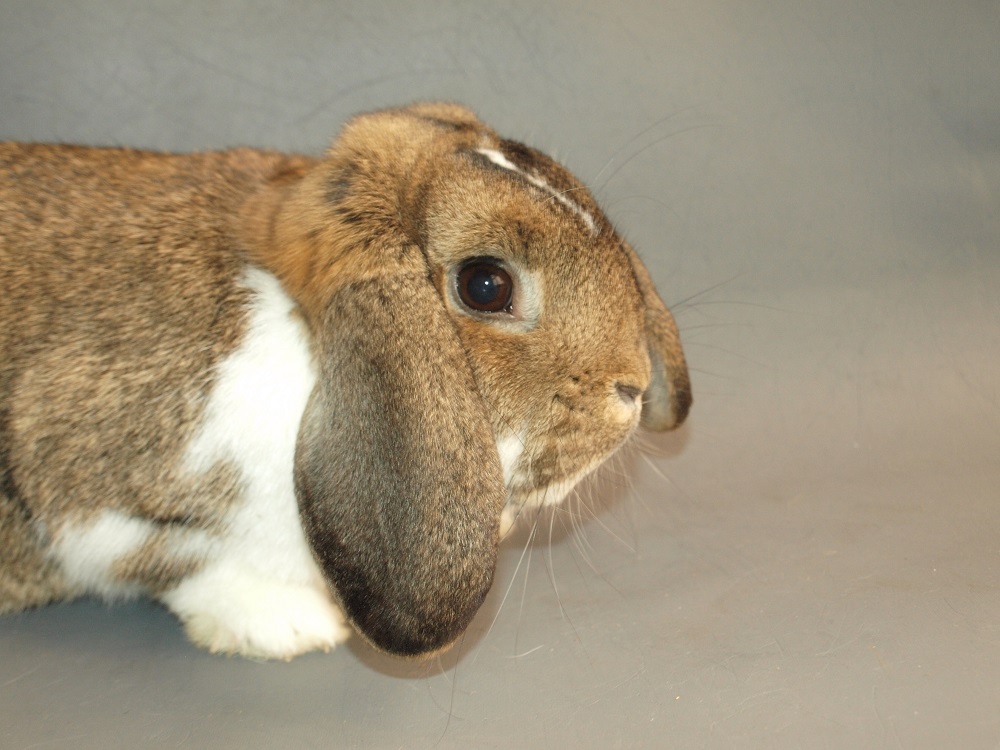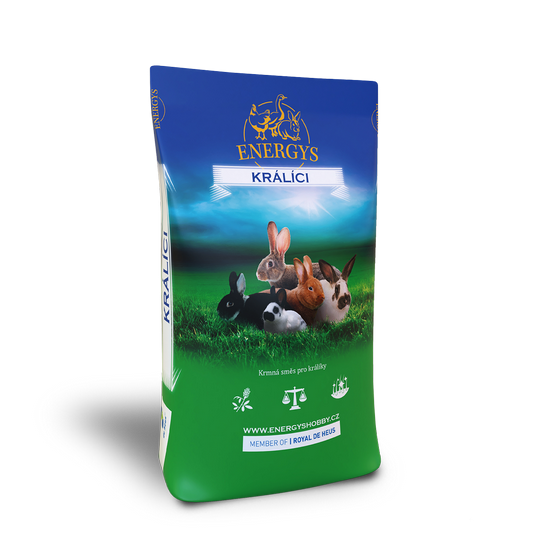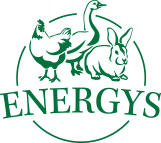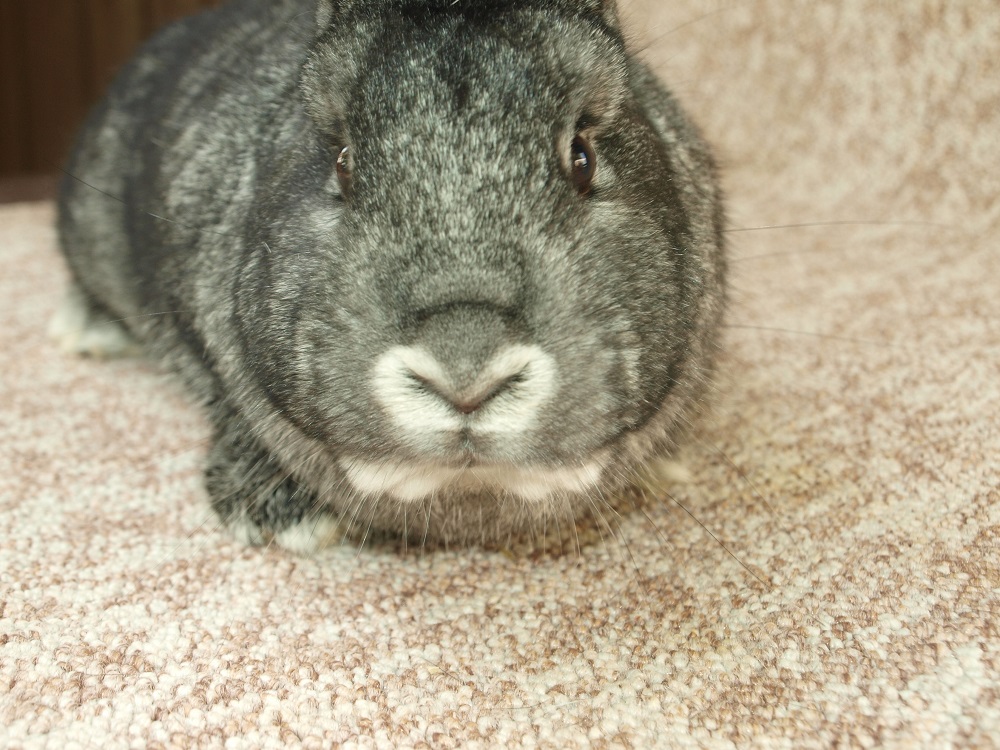Rabbits
Poultry
Laying hens
Quails
Guinea pigs
Pigs
Ostriches
Sheep and goats
Pigeons
Pheasants
Forest animals
How Do I Know That a Rabbit is Sick?
Health status is a fundamental indicator that primarily affects other (reproductive, production, exhibition, sports) indicators in rabbits. The primary endeavor of each breeder should always be to maintain good health, be it breeding for meat production or just breeding – for exhibition and competition purposes. All rabbit care in the short and long term should aim for this.
Examination of animal health, including any specialized examinations, is the responsibility of the veterinarian. From the breeder’s position, it is appropriate to know the basic general characteristics of the state of health in order to be able to identify, whether a rabbit is healthy or whether it is better to visit a veterinarian.
Primary diagnostics of health condition
In particular, the following are considered clinically relevant indicators used in the initial diagnosis of general health:
Trias
Triassic examination is the basic diagnostic method. This includes heart rate, respiratory rate and body temperature. Normal (reference) values of these indicators differ depending on the literary source used, it is also necessary to take into account the individual’s condition (e.g. age, pregnancy, ambient temperature, stress, etc.). Offspring, intensively growing individuals naturally tend to have higher values.
Nutritional status and condition
The nutritional status is a long-term reflection of the breeder’s nutritional management. In descending order we know obesity, very good, good, less good, bad and cachectic nutritional status. The optimal condition is closely related to the purpose of breeding, the current physiological condition and the burden on the individual. The optimum is good to very good nutritional status, which is required in animals in breeding, respectively exhibition condition. In contrast, extreme conditions are linked to health disorders and increased susceptibility to disease.
Evaluation of attitude and walking
You also evaluate the attitude and walking of the individual. Abnormal manifestations (e.g. head twisting, inability to walk, limp, etc.) are indicative of a certain spectrum of diseases.
The condition of natural body openings
The condition of natural body openings is most often evaluated as a part of respiratory and digestive disorders. Pathological changes in the area of the nostrils, often with discharge, may indicate mainly rhinitis in rabbits, with a need for further specialized examination. Discharge from the eyes may be associated with, for example, respiratory, lacrimal or dental diseases. Diarrhea is a common cause of death in young rabbits in particular.
Condition of skin and skin derivatives
The skin should be intact, of adequate structure, unchanged. The fur should be dense, balanced, elastic with a slight shine. In rabbits, we must not forget to check the ears and external ear canal. The nails should not extend beyond the coat, should be smooth and intact.
Condition of mucous membranes
The mucous membranes communicating with the external environment (conjunctiva, nasal and oral mucosa, foreskin, vulva) should be light pink in color and moist. The coloration of the vulva of rabbits varies from pale pink to dark violet due to heat. The eyes should have a “spark” of interest in the surroundings.
Liveliness
A change in interest in the surroundings is one of the first signs that the owner notices. A sick animal shuns groups and breeders, shows reduced physical activity, often anorexia and reduces its water intake. All this adversely affects the further deterioration of health in the rabbit.

Symptoms of inflammatory reaction
The general clinical signs of an inflammatory reaction are enlargement, redness, elevated temperature, pain and functional disorders in the affected area. These features may vary in intensity according to the particular disease and their evaluation and diagnosis is the responsibility of the veterinarian.
Related posts
10. April 2024
Keeping dwarf rabbits as pets is becoming increasingly popular. It does not require a lot of space and is ideal for people who live in smaller homes or apartments. Dwarf rabbits are also very friendly, so it’s no wonder that people are choosing them for this purpose more and more often. As with all animals,…
30. August 2022
In this article we will discuss several rabbit diseases – ear scab, tyzzer’s disease and heat stress.
24. August 2022
In this article we look at two diseases – e.Coli and enterocolitis.
2. August 2022
In this article we look at two common rabbit diseases, myxomatosis and infectious rhinitis.
13. July 2022
In the following article we will discuss rabbit plague – rhd or vhd (viral haemorrhagic disease of rabbits).
Related products

RABBIT DWART
Complete pelleted feed for dwarf rabbits with high digestibility. It contains a high proportion of fibre (high alfalfa and grass cake content) and a reduced sugar and starch content. Contains flaxseed, which has a positive effect on coat quality. Suitable for daily feeding. We recommend providing rabbits with safe fresh water and hay.

RABBIT CHAMPION
Feed for show rabbits, does not include Coccidiostat. A unique mix significantly supports the quality and growth of fur. Serve when moulting and at least two months before the start of the show season.

RABBIT GOLD FORTE
A premium feed mix in an ideal make up for gestating and breast feeding females. For the intensive fattening of rabbits for a period of up to 5 days before slaughter. It supports fast growth, meat content and an excellent state of health. It contains a coccidiostat which lowers the risk of mortality.

RABBIT KLASIK FORTE
Intended for the fattening of rabbits up to a point at least 5 days before slaughter. Suitable for attaining a high meat content and an excellent state of health. Thanks to its Coccidiostat content it lowers the animals mortality.

RABBIT KLASIK
For the final phase of rabbit fattening, a minimum of 5 days before slaughter. It supports high meat content and excellent taste qualities in rabbit meat. Without a coccidiostat.

RABBIT START
For young rabbits from the start of accepting feed to 4-6 weeks after weaning. The feed helps to significantly lower the death rate in the period around weaning. It contains a raised percentage of fibre and less starch. It does not contain a coccidiostat.

